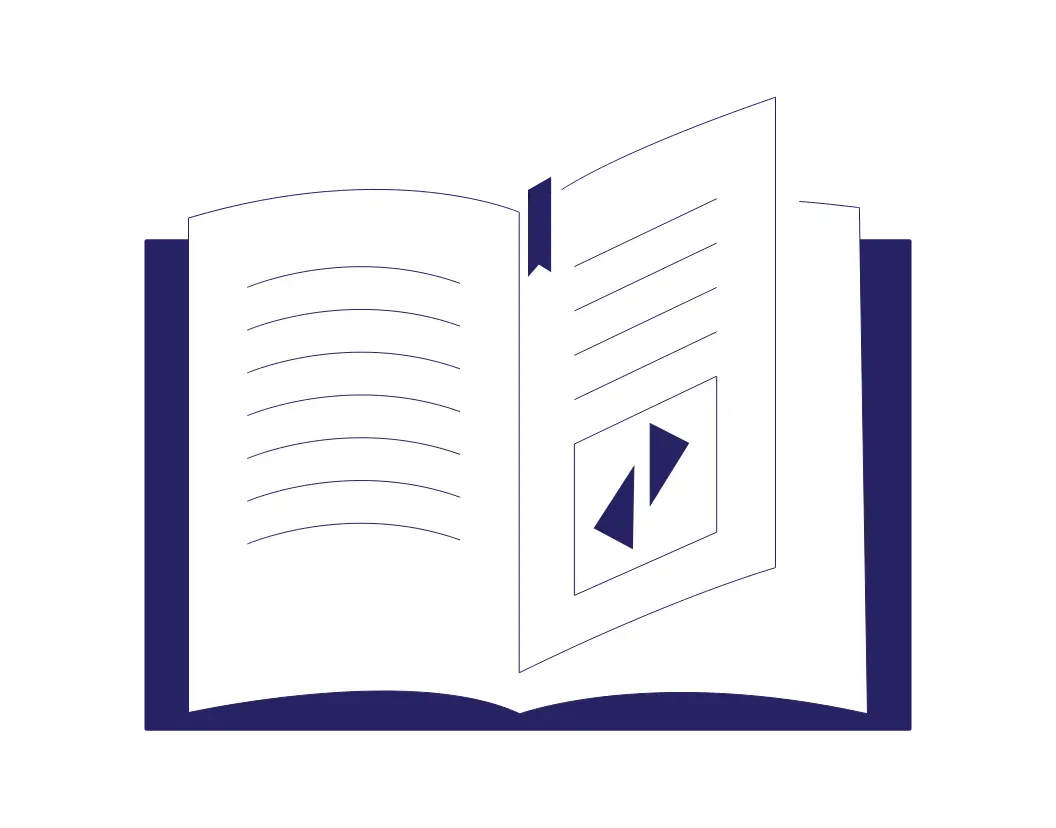
-
4-minute read
-
6th July 2015
How to Reference an Edited Book – APA Style
In academic writing, it’s vital to reference sources clearly. Doing so helps your reader to follow your work and demonstrates the breadth of your reading, as well as preventing accidental plagiarism. In this post, then, we’re going to focus on something some people find a tricky: referencing an edited book APA style.
APA Style and Edited Books
The American Psychological Association (APA) system is commonly used in academic writing, especially in the social sciences, and utilises author–date in-text citations. All cited texts should be included in a reference list, ordered alphabetically, with full publication information provided.
Edited books – most commonly collected volumes of essays by various authors – follow the same basic format as other print books in APA.
However, when citing the volume as a whole, the editor’s name and initials take the place of the author’s:
Editor’s Surname, INITIAL(S). (Ed.) (Year). Title: Subtitle. Publisher.
Note that ‘(Ed.)’ is in parentheses to mark this as an edited volume without a single author. In your reference list, this would appear as follows:
Editor, A. N. (Ed.) (2014). How to edit: A collection. Proofreading Publications.
A volume with two or more editors would appear as follows:
Editor, A. N., & Writer, B. A. (Eds.) (2007). Edited volumes. Proofreading Publications.
If citing these texts as a whole, you would then use the editor name(s) in place of an author name. For example:
One editor: According to A. N. Editor (2014), compiling a collection is painstaking work.
Two editors: Some editors say that the work is ‘painstaking’ (Editor & Writer, 2007, p. 48).
Chapter from an Edited Volume
More commonly, you’ll need to cite a single essay or chapter from an edited volume. In this case, you should give the chapter author’s surname and the year of publication for the edited volume in citations.
In the reference list, meanwhile, the entry for a chapter from an edited book requires the following information:
Author’s Surname, INITIAL(S). (Year). Chapter title. In Editor’s Name (Ed.), Book title: Subtitle (page range). Publisher.
Find this useful?
Subscribe to our newsletter and get writing tips from our editors straight to your inbox.
Subscribe to Beyond the Margins and get your monthly fix of editorial strategy, workflow tips, and real-world examples from content leaders.
For instance, a chapter from A. N. Editor’s How to Edit: A Collection would appear as follows:
Writer, B. A. (2007). An essay on editing. In A. N. Editor (Ed.), How to edit: A collection (pp. 100-105). Proofreading Publications.
You’ll notice that the capitalisation of How to Edit: A Collection is different in the reference list. This is because APA referencing uses sentence case titling in reference lists, where only the first words of titles and subtitles, along with proper nouns, are capitalised.
Referencing an Edited Book with an Author
Some books have both an editor and an author, such as poetry collections or anthologies. In these cases, use the author’s name for the main reference, with the editor’s name included after the title:
Poet, A. (2013). Alan Poet: A Collection. A. N. Editor (Ed.). Proofreading Publications.
Likewise, you would use the author’s name for in-text citations:
In the words of Alan Poet (2013), ‘I am a poet/And I didn’t know it’ (p. 132).
Reprinted Works in Edited Books
Sometimes, an essay from a collection will have been published elsewhere before. When this happens, APA referencing requires you to cite both the original date of publication and the date the source was republished. For example:
In the essay, Mallard (1990/2018) writes passionately about ducks.
Here, for instance, the first date is the original date of publication, and the second date is the year the essay was republished as part of a collection.
In the reference list, meanwhile, you would give the details of the original publication in parentheses at the end of the reference. For instance:
Mallard, D. (2018). Ducks in edited literature. In R. Jones & B. Smith (Eds.), Strong opinions from the past: A collection of animal-obsessions (pp. 51–75). Made-Up Publications. (Reprinted from ‘Ducks in edited literature’, 1990, Psychology of Popular Media Culture, 8[3], 207–217).
We hope this has cleared up a few things. And don’t forget to check out our additional tips on using APA referencing!